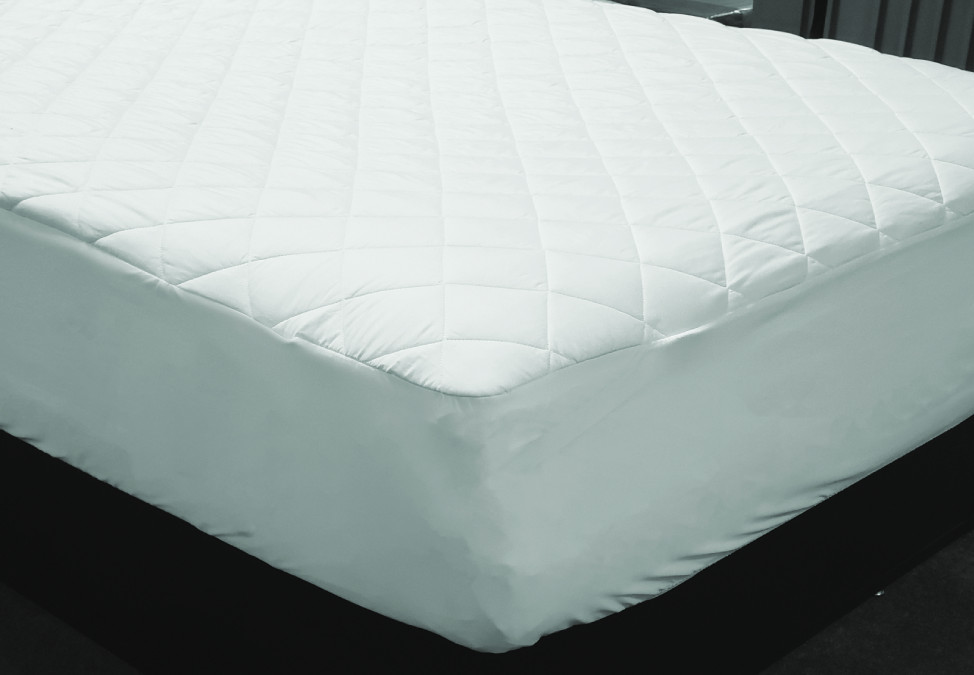Introduction
In recent years, there has been a significant shift in consumer preferences towards eco-friendly products. This trend is particularly evident in the bedding industry, where sustainable mattress pads are becoming increasingly popular. As more consumers become aware of their environmental footprint, they seek out products that are not only comfortable but also made with sustainable materials and processes. Mattress pads suppliers have recognized this demand and are stepping up their efforts to offer eco-friendly solutions.
Innovative Materials for a Greener Future
One of the primary ways mattress pads suppliers are meeting sustainable demands is through the use of innovative, eco-friendly materials. Organic cotton, bamboo, and recycled fibers are some of the popular choices. Organic cotton is grown without harmful pesticides and synthetic fertilizers, reducing its environmental impact. Bamboo, known for its rapid growth and minimal resource requirements, is another excellent sustainable option. Additionally, some suppliers are incorporating recycled materials, such as polyester made from recycled plastic bottles, into their mattress pads. These materials not only reduce waste but also offer exceptional comfort and durability.
Sustainable Manufacturing Practices
Beyond the materials used, the manufacturing processes play a crucial role in the sustainability of mattress pads. Leading suppliers are adopting green manufacturing practices to minimize their environmental impact. This includes reducing water and energy consumption, minimizing waste, and ensuring that all by-products are handled responsibly. Some suppliers have even achieved certifications such as Global Organic Textile Standard (GOTS) and OEKO-TEX, which verify that their products meet high environmental and social responsibility standards. By prioritizing sustainable manufacturing, these suppliers are setting new benchmarks in the bedding industry.
Packaging and Distribution: Reducing the Carbon Footprint
Sustainability efforts extend beyond production to packaging and distribution. Eco-friendly mattress pads suppliers are adopting sustainable packaging solutions, such as using recycled and recyclable materials, and reducing unnecessary packaging. Additionally, they are optimizing their distribution networks to lower carbon emissions. This includes consolidating shipments, utilizing energy-efficient transportation methods, and working with logistics partners committed to sustainability. These measures ensure that the eco-friendly benefits of the mattress pads are maintained throughout the product's lifecycle.
Educating Consumers and Building Awareness
An essential aspect of the shift towards sustainable mattress pads is educating consumers about the benefits and availability of eco-friendly options. Suppliers are increasingly investing in marketing and educational campaigns to raise awareness about the environmental impact of traditional bedding products and the advantages of choosing sustainable alternatives. By providing transparent information about their materials, manufacturing processes, and sustainability certifications, suppliers help consumers make informed decisions that align with their values.
The Future of Eco-Friendly Mattress Pads
As the demand for sustainable products continues to rise, the future of eco-friendly mattress pads looks promising. Suppliers are continually researching and developing new materials and technologies to enhance the sustainability and performance of their products. Collaborations with environmental organizations and adherence to stricter regulatory standards will further drive the industry towards greener practices. Ultimately, the combined efforts of suppliers and consumers will contribute to a more sustainable and environmentally conscious future in the bedding industry.
In conclusion, mattress pads suppliers are meeting sustainable demands by using innovative materials, adopting green manufacturing practices, optimizing packaging and distribution, and educating consumers. These efforts not only address the growing demand for eco-friendly products but also pave the way for a more sustainable and responsible bedding industry.





Comments